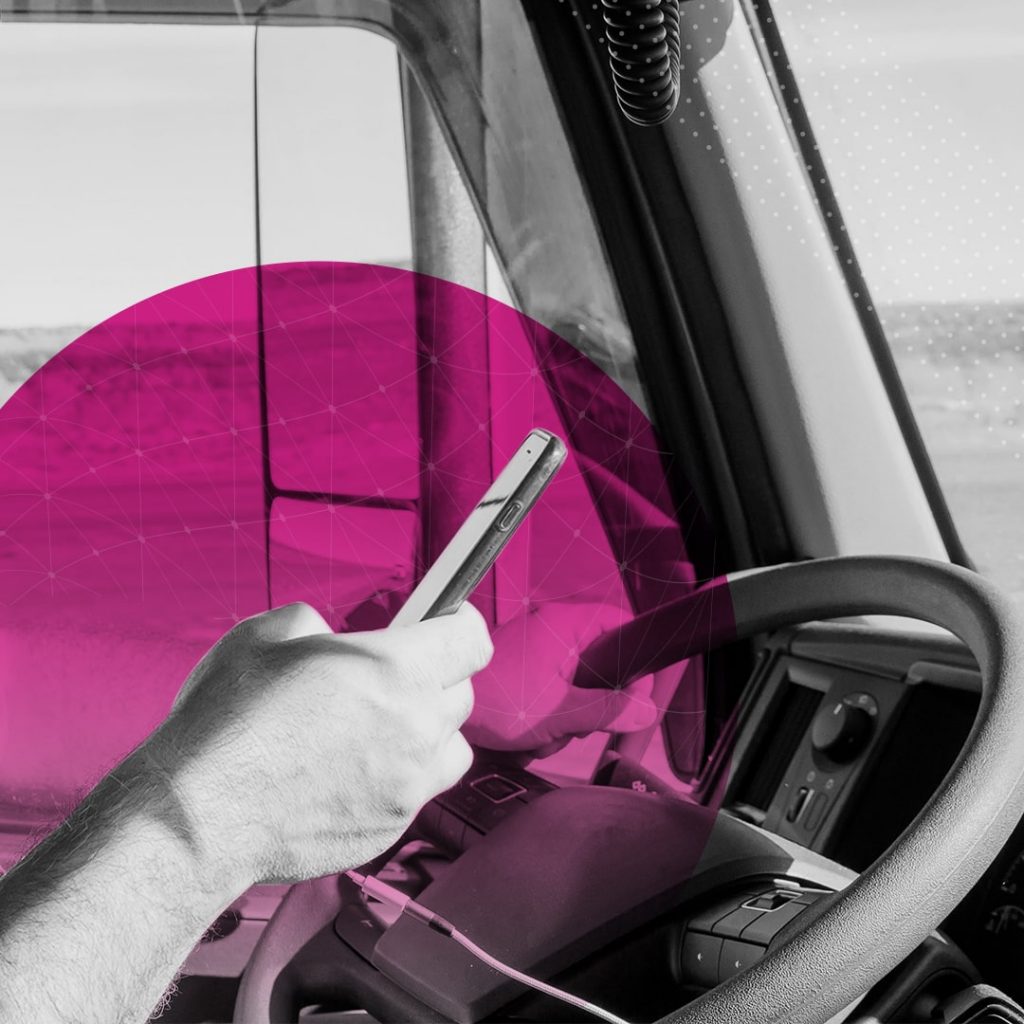- 100% online banking presents itself as an alternative
- Traditional banking options are transformed
- Most common risks
- Security measures with biometric validation
- Legal framework
Nowadays we can find offers of financial services without measure in social networks. Just type ‘credit card’ in the search engine, click on a couple of links and the algorithm itself will send you a bombardment of information to acquire one.
Fintechs are gaining ground against traditional banking, the ease with which they offer to acquire credits or products attracts a younger generation (millennials and centennials) who do not want to find extensive processes or so many procedures.
The so-called neobanks have been able to understand the demand of the current public and the explosion of financial product offerings is caused precisely by the lack of motivation of traditional banks to bank the younger generations or the population with little or no credit experience, something that fintechs have been able to solve very well by providing 24/7 attention by phone, chat or email and performing the registration 100% online.
Fintech credit cards are for those who are acquiring a card for the first time, those who are looking to try new alternatives, or people who are in the credit bureau and want to clean up their credit history. Neobanks emerge to serve a sector underserved by traditional institutions.
Banks are transforming
Traditional banking had to adapt in an accelerated manner to the competition offered by fintechs, the fall of the product has been atrocious. According to the National Financial Inclusion Survey of the Ministry of Finance and Public Credit of March 2021, only 15% of the population has one and most cardholders are high-income earners that leave out the middle and lower class from being able to use these products.
The credit bureau review is still mandatory to apply for a card, which limits many users from being able to obtain one of these products through a banking institution, which together with the income verification, are one of the main reasons why their popularity is falling.
That is why having a payroll card from a bank, it is likely to be offered with greater insistence a credit card from the same institution even if you are in Buró, attracting users with exclusive promotions such as extensive lines of credit or exempting the annual fee, offers already offered by neobank cards.
But it does not exclude the user from going to the branch in person to complete the procedure, since current legislation requires the institution to extract certain biometric data that are entered into the database and can only be filled out in front of the executive.
Most common risks
It is important for the user to verify elements before choosing a traditional or a neobank card, starting with the CAT. Condusef recommends choosing the one with the lowest Total Annual Cost for a healthier management of finances, since a credit is not money that belongs to you, it is a loan that you must pay back with interest.
There are credit cards for all profiles, from beginners to those seeking broader lines of credit to acquire high-value goods, fintechs are even welcoming those indicated in the credit bureau that can return to the use of the product without verification of their history and starting with small credits but that provide security in case of emergencies.
But the sector where neobanks are still not able to compete with traditional banks is in terms of promotions. Fintechs do not offer interest-free months in many establishments since banks have a long history of commercial relationships with companies and stores that provide credit all year round.
The points and rewards system are another of the weaknesses of neobank cards since many users seek to obtain trips or products as a benefit for making purchases with their credit card from a traditional bank.
Fintechs offer alternatives, such as those users who use the home delivery service app a lot, there is a card that gives them benefits for that, or those who want to buy flights with special prices, there are cards for specific niches. Traditional banking has exclusive presales at concerts and sporting events or the option to accumulate points that convert into flight miles, it all depends on the needs of each user and there are too many options.
Security and verification measures
Before offering a credit, product and thinking about attractive conditions, an even more important exercise is required: to have a risk prevention system, since the universe of options is growing every day and there are platforms specialized in comparing each one of them.
The verification systems use algorithms that calculate the type of product that adapts to each user by calculating the amount of monthly expenses, income, and the type of profile with which he/she identifies, resulting in traditional banking and neobanks options available with the main characteristics and the possibility of requesting it immediately if the client so desires.
There are profiles that seek rewards; cards that adapt to lifestyles; those who seek to redeem themselves with the credit bureau, first timers, those who want a practical and secure product, those who need additional cards, travelers or those who want to finance their purchases at a low interest rate.
Some entities offer extra security measures regarding fraud or unrecognized purchases, extra shielding for users who make high-level purchases and are financed with their credit cards, not having a physical plastic card to avoid cloning, that the plastic does not contain the CVV in case of theft or linking the account to wireless or touchless payment methods that are made from the phone and that in many cases use biometric information to authorize purchases.
Biometric authentication is the safest alternative available today to validate identity and prevent identity theft fraud.
Law supports neobanks
Mexico is at the forefront in terms of standards and regulation of financial services offered by fintechs, but there are still inconsistencies, so it is important to know that the Mexican government does not guarantee or support the money of users who deposit or pay loans in this sector.
The working tables between the main players in the sector serve to set security measures that guarantee the investment of customers, that meet international standards and with the relevant updates in all their cybersecurity systems.
Authentication through biometric validation is already mandatory for the application of many financial products, an effective measure to detect fraud risks and prevent identity theft while the legal framework governing the sector is being built.
Thus, the Colombian startup ReconoSER ID, recently arrived in Mexico, is promoting strategic alliances with Mexican fintechs that find in its advanced biometric validation solutions a secure way to collect information from their customers and new users that are checked against security and government databases.
ReconoSER ID participates since September 2021, in the working table carried out by Fintech Mexico, to give opinion before CNBV and other authorities of best practices in the sector, with the main actors of Financial Technology Institutions, Electronic Payment Funds Institutions, Collective Financing Institutions and service providers of these new companies, to clarify the regulatory requirements of remote identification and identity verification of online users.
The following financial integration survey will respond to the fintech initiative to bank the population and provide easy options to obtain credit cards with an increase in the percentage of users who find in technology the way to improve their finances and quality of life.
By Alfredo Gutiérrez Bayardi

Bibliography
Alberto Tovar. (Enero 2022). ¿Te conviene una tarjeta de crédito fintech?. 2022, de El Financiero Sitio web: https://www.elfinanciero.com.mx/opinion/alberto-tovar/2022/01/20/te-conviene-una-tarjeta-de-credito-fintech/
Yuridia Torres. (Marzo 2022). Bancos y fintech, dónde contratar una tarjeta de crédito. 2022, de El Economista Sitio web: https://www.eleconomista.com.mx/finanzaspersonales/Bancos-y-fintech-donde-contratar-una-tarjeta-de-credito-20220309-0100.html
Sergio Vera. (2021). 5 tarjetas de crédito de fintechs fáciles de conseguir: sus pros y contras. 2022, de Heraldo Binario Sitio web: https://www.heraldobinario.com.mx/fintech/2021/7/21/tarjetas-de-credito-de-fintechs-faciles-de-conseguir-sus-pros-contras-4156.html
Sergio Vera. (2021). Neobancos: ¿Qué son y cuáles son los mejores en México?. 2022, de Heraldo Binario Sitio web: https://www.heraldobinario.com.mx/fintech/2021/6/8/neobancos-que-son-cuales-son-los-mejores-en-mexico-11.html
Kardmatch.com.mx. (2020). ¿Cómo puedo saber cuál es la Tarjeta de Crédito que más me conviene?. 2022, de Kardmatch Sitio web: https://www.kardmatch.com.mx/mejor-tarjeta/
Leonardo Daniel Bernardo Aparicio. (2021). Sólo 15 por ciento de la población tiene tarjeta de crédito: SHCP. 2022, de Oink Oink Sitio web: https://www.oinkoink.com.mx/noticias/15-por-ciento-de-la-poblacion-tiene-tarjeta-de-credito-shcp/
Revista Condusef. (2021). La tarjetas de crédito Fintech llega a México. 2022, de Condusef Sitio web: https://revista.condusef.gob.mx/2021/03/la-tarjetas-de-credito-fintech-llega-a-mexico/



